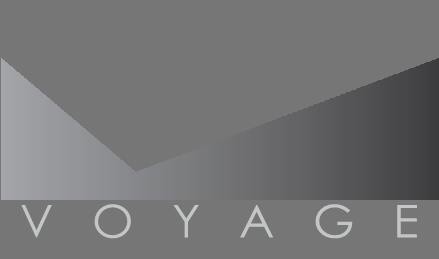Before deciding to invest in a specific franchise opportunity, there is a process to follow, and an essential step in the process is to critically review Item 7 in the Franchise Disclosure Document (“FDD”). Item 7 describes the estimated franchise minimum and maximum investment in the franchise and is one of the critical items in the FDD. Before buying a desired franchise, it is essential that a prospective franchisee does a critical review of Item 7 of the FDD.
Item 7 in the FDD requires franchisors to present in a specific format a franchisee’s estimated minimum and maximum initial investment required to start the franchise. It is critical for a potential franchisee to review, understand thoroughly, and where necessary question the entries in Item 7, since a leading cause of franchise failure is undercapitalization.
The Federal Trade Commission requires that each Franchise Disclosure Document presents a schedule, in Item 7, with footnotes, that provides prospective franchisees the estimated investment in that franchise. Franchisors are not obligated to list every expense that could be part of the franchise investment. Instead, it contains the likely estimated investment needed to start that franchise. The FTC requires Item 7 to list start-up expenses, including the initial franchise fee; training expenses; real property (whether purchased or leased); equipment; beginning inventory; and business licenses and related fees. In addition to these typical expenses, franchisors must itemize and identify any other specific required payments such as additional training, travel, and advertising expenses a franchisee will incur before launching their franchise. It is essential to keep in mind the words “estimated” and “typical.” Use this information to develop the investment number with an accountant or financial advisor.
Each item listed in Item 7 must include:
- the method of payment;
- the amount of the payment;
- when the payment is due; and
- to whom the payment is made.
An important note on Additional Funds:
The majority of expenses in Item 7 represent the time before the franchise opens. Any delay in the opening of the new franchise can increase the investment. One of the most misunderstood entries in Item 7 is Additional Funds, which estimates other expenses the franchise can incur before opening and after. In general, the time most often used is three months. When doing a business plan estimate future capital requirements, and remember the Additional Capital estimate is usually three months and few businesses reach break- even in 3 months. It is not unusual for the amount of Additional Capital to be low-balled in order to lower the overall investment in Item 7.
As always rely upon competent financial advice to analyze the franchise investment and err on the side of caution.
Not sure how much can you afford?
Fill out our Franchise Affordability Calculator


Voyage Franchising

